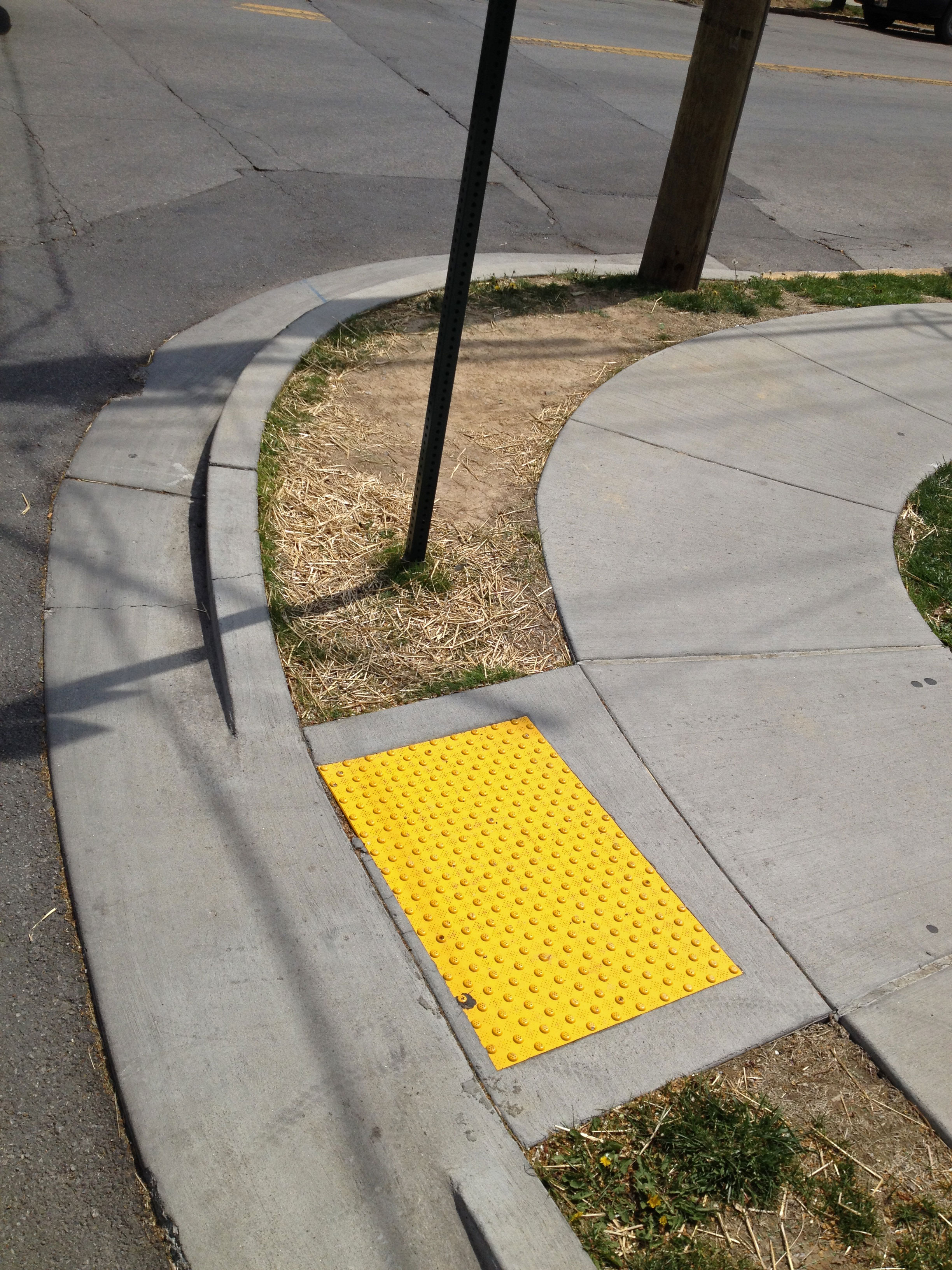AARP Eye Center

Louisville is among the most dangerous communities in the nation for pedestrians, ranking 17 th most dangerous out of the 51 largest metro areas, a new report released by the National Complete Streets Coalition, a program of Smart Growth America, said.
Over the decade from 2003 – 2012, 200 Louisvillians were killed while walking. The report, Dangerous by Design 2014, ranks America’s major metropolitan areas according to a Pedestrian Danger Index that assesses how safe pedestrians are while walking. The report found that the majority of those deaths likely could have been prevented with safer street design.
“There is no good reason why crossing a street in Louisville should turn into a near-death experience,” said Jim Kimbrough, AARP Kentucky State President. “This is why AARP is supporting efforts to design safer roadways and sidewalks in Louisville. Streets are not just for drivers but for everyone who uses them.”
In addition, the report presents data on pedestrian fatalities and injuries in every U.S. metro area, as well as state and county assessments and an online, interactive map showing the locations where pedestrian fatalities have occurred.
The majority of pedestrian deaths occur on roadways that are dangerous by design —engineered and operated for speeding traffic with little to no provision for the safety of people walking, biking or using public transit. Sadly, older adults, children and minorities are the most at risk while walking, dying in disproportionate numbers.
Nationally, in 2012, pedestrians accounted for 14 percent of all traffic deaths, up six percent from 2011 and representing a five-year high.
Pedestrian safety is often perceived as a strictly local issue but, for decades, federal dollars have been invested in thousands of miles of state and local roads in the heart of communities. In fact, 68 percent of all pedestrian fatalities over the past decade occurred on federal-aid roads — roads that follow federal guidelines and are eligible to receive federal funds.
In recent years, scores of communities have begun to redesign roads as “complete streets” that function well for all kinds of travelers. They add sidewalks and bicycle lanes, reduce crossing distances and improve crosswalks to make walking safe and comfortable for all users. By making these changes, the report finds these deaths can be prevented.
“We are allowing an epidemic of pedestrian fatalities, brought on by streets designed for speed and not safety, to take nearly 5,000 lives a year; a number that increased six percent between 2011 and 2012,” said Roger Millar, Director of the National Complete Streets Coalition. “Not only is that number simply too high, but these deaths are easily prevented through policy, design, and practice. State and local transportation leaders need to prioritize the implementation of Complete Streets policies to improve safety for people walking.”
The federal government sets the tone for a national approach to safety, and Congress can address this critical issue by passing the Safe Streets Act as it renews the transportation law. State governments and agencies also can take a number of actions to improve pedestrian safety, starting with adopting a strong Complete Streets policy and following a comprehensive action plan to ensure the streets are planned and designed for the safety and comfort of people walking.
To view the full report, please click here.























































